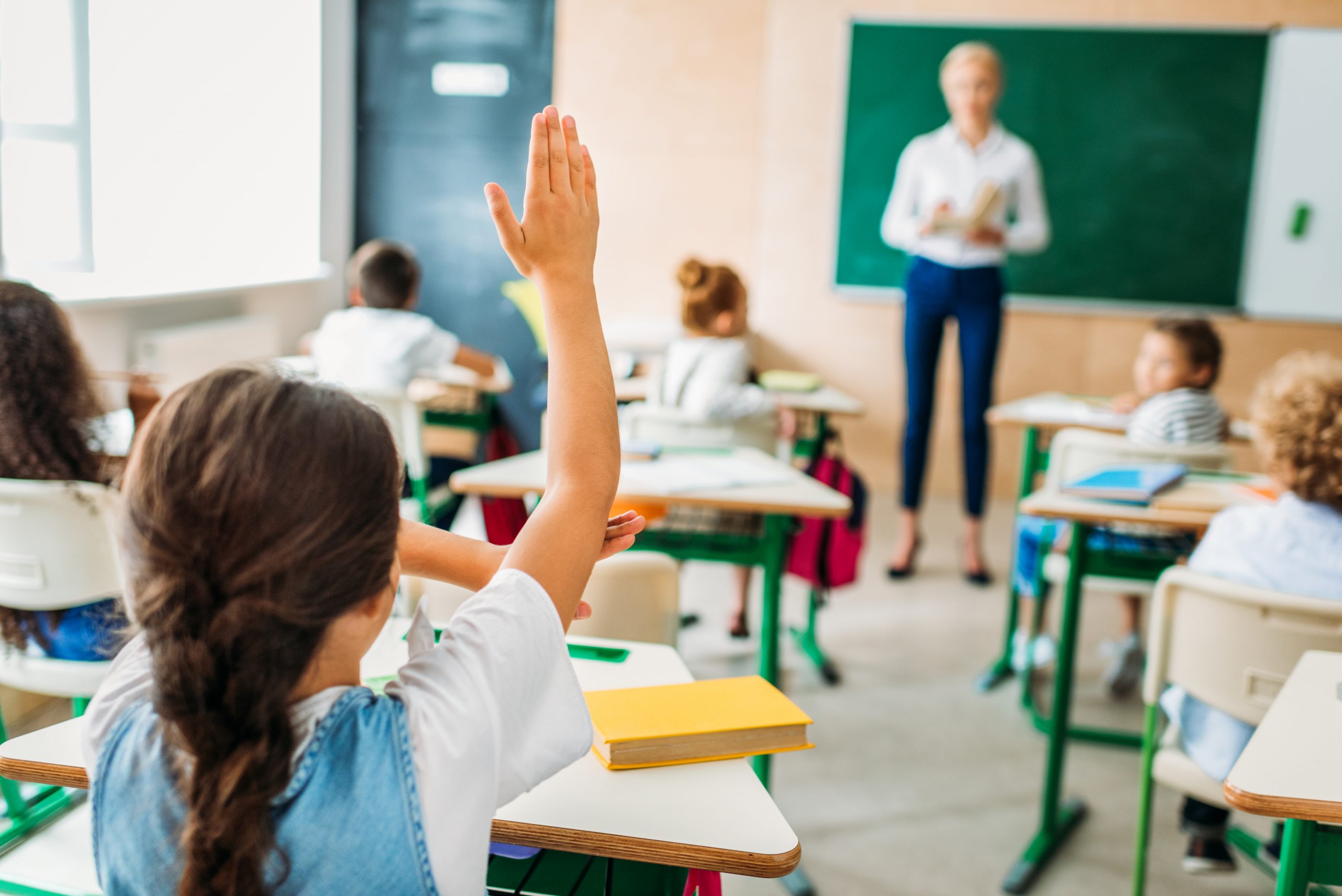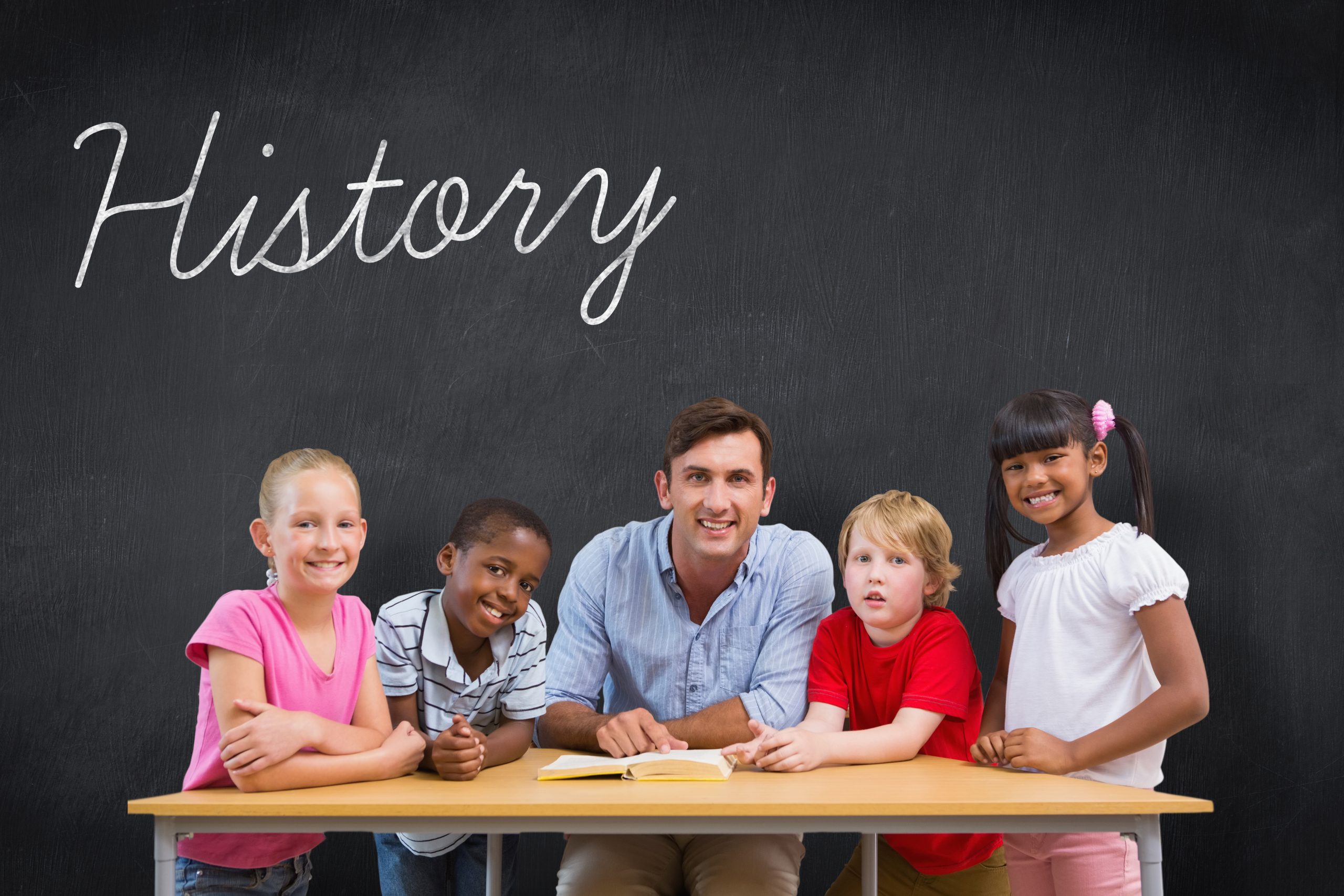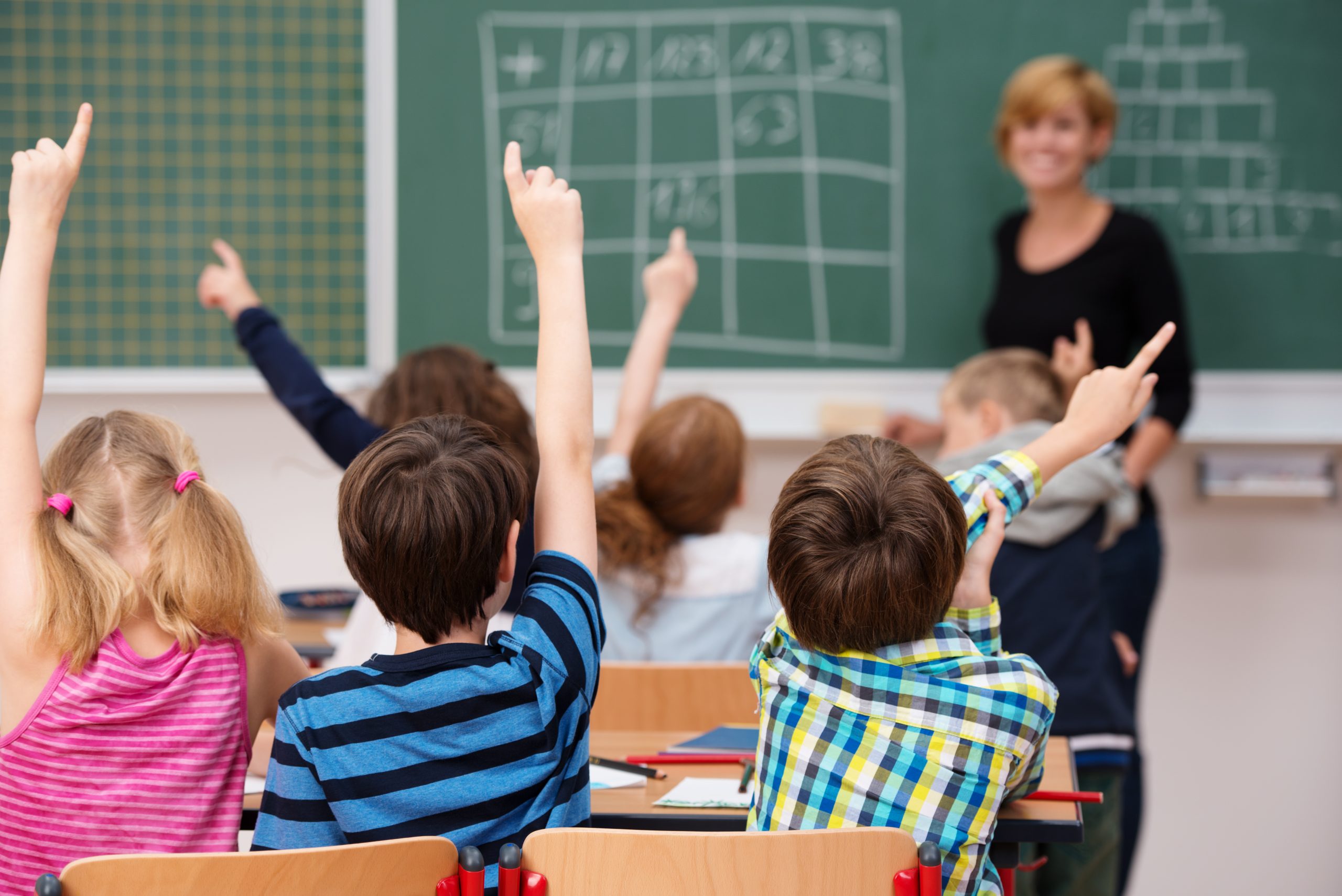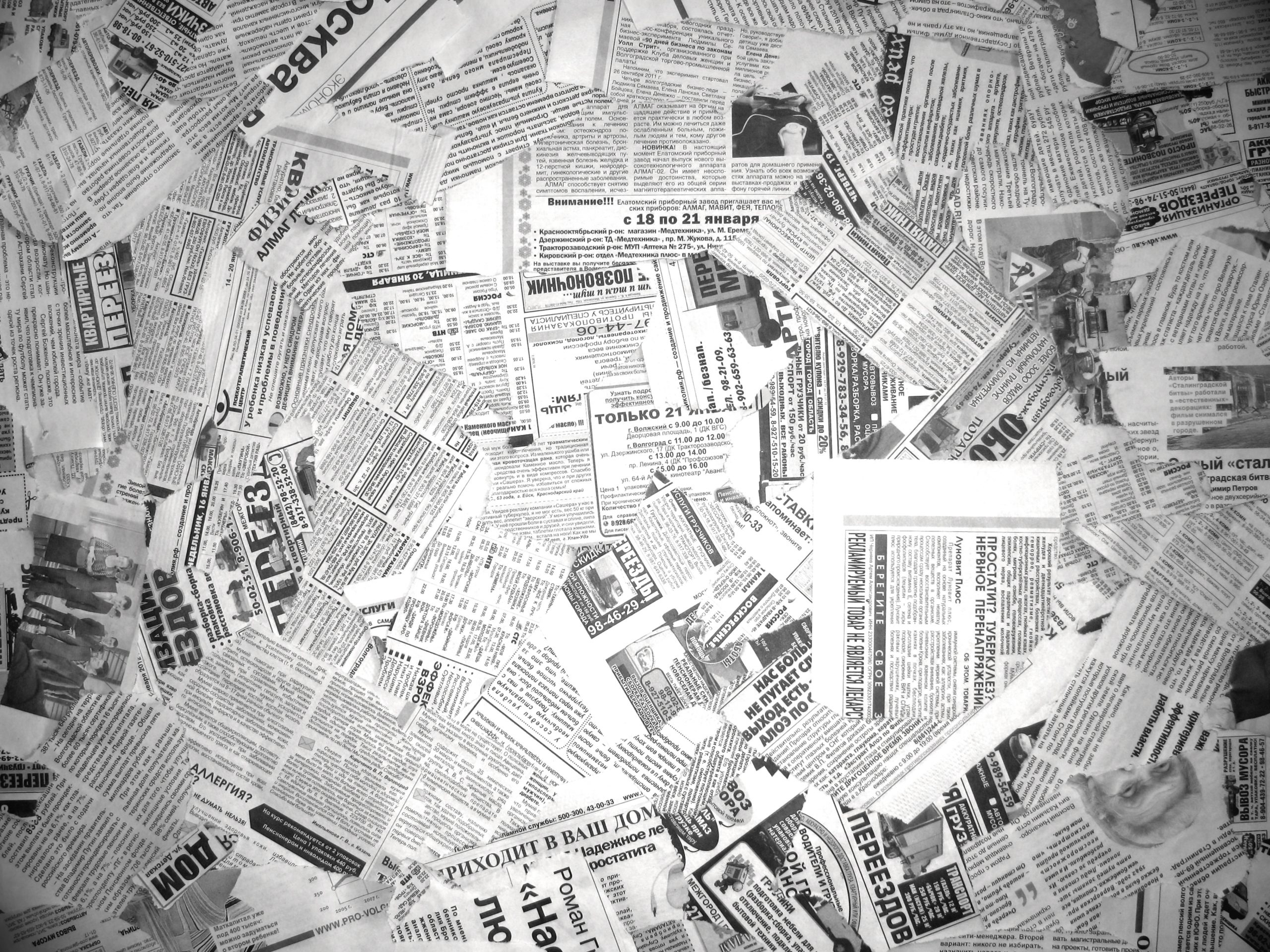History is an infinite repository of stories, a fascinating confluence of narratives, and a wellspring of lessons. It offers a retrospective glance into the vibrant tapestry of human existence. To most, history might seem like a chronological record of events; to educators, it’s an invaluable toolkit that fosters knowledge, inculcates critical thinking skills, and broadens perspectives. However, it’s not just about acquainting students with historical milestones; it’s about stimulating curiosity, enabling students to connect with the past, and prompting them to discern patterns and parallels in the continuum of time. This is where digitized historical newspapers come in.
Engaging young students with history can be challenging. Textbook narratives often fail to capture the imagination of young learners or lack the dynamism that history inherently possesses. That’s where digitized historical newspapers found in the Community History Archives can play a role. They bring history alive in a tangible, relatable, and interactive way, a far cry from the detached and often monotonous recital of textbook narratives. Research over the last two decades suggests that exposing elementary-aged students to primary sources can yield significant educational benefits.
Over two decades ago, prior to digital access to historical resources, Robert Bain made a strong case for how primary sources can enhance critical thinking skills in elementary school students. In his work “Into the Breach: Using Research and Theory to Shape History Instruction,” published in 2000, one of Bain’s key arguments is that primary sources engage students in “doing history”, a process of inquiry that mimics how historians work. Students encounter documents, photographs, artifacts, and other sources that are not pre-digested or interpreted for them, like traditional textbooks, which present a clear, unambiguous narrative of events. Instead, primary sources present students with a more complex, nuanced view of the past, often with conflicting perspectives or interpretations.
Bain suggests that this exposure to the ambiguity and complexity of primary sources can stimulate the development of critical thinking skills. Students must evaluate the source (considering things like who created it, why, and for whom), contextualize it (understand the time, place, and culture in which it was created), and corroborate it (compare it to other sources to check for consistency and reliability). This process fosters analytical skills as students need to think deeply about the information they are given, rather than accepting it at face value. They also learn to identify and evaluate different perspectives, and to construct their own interpretations based on the evidence.
However, Bain also emphasizes the importance of teacher guidance in this process, arguing that effective questioning and scaffolding by the teacher can help students develop the skills needed to analyze primary sources effectively. He also notes that this approach requires more time and resources than traditional textbook-centered teaching but argues that the benefits in terms of student engagement and learning make it worthwhile.
Building on these concepts, researchers Mark J. Hofer of the College of William and Mary and Kathleen Owings Swan of the University of Kentucky explored the potential of digital primary sources in their 2013 paper, “Elementary Students’ Use of Digital Primary Sources to Build Historical Understandings”.
While Bain’s research lays a solid foundation for the pedagogical use of primary sources. He argues that these sources allow students to “do history,” engaging in active investigation and fostering a deeper understanding of historical events and contexts. The emphasis here is on a learner-centered approach, where students can construct knowledge rather than passively absorb information. However, Hofer and Swan move the discourse into the modern era by introducing digital technology. Their study examined how the interaction with digital primary sources, which were becoming increasingly accessible and versatile, could significantly enhance historical education.
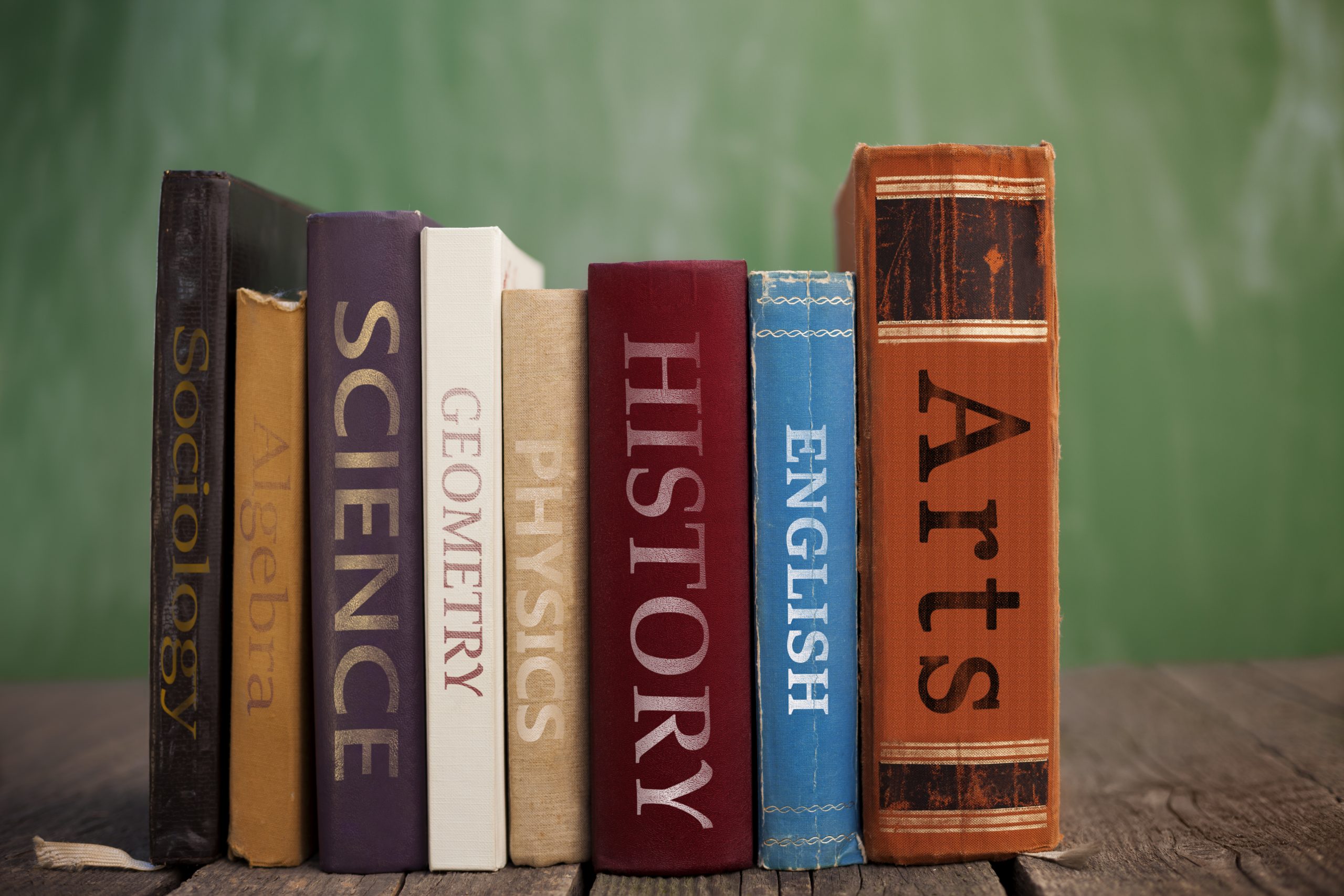
While Bain’s work focused on traditional primary sources, Hofer and Swan’s study bridges the divide between the analog and digital worlds. They find that elementary students not only gain a deeper understanding of history when they interact with digital primary sources but also develop important digital literacy skills. This aspect of their research is a significant contribution to the field, acknowledging the increasingly digital world students inhabit.
Their research also provides a practical dimension to Bain’s theoretical framework. Offering empirical evidence, Hofer and Swan illustrate how these digital primary sources can be integrated into the classroom to engage students and enrich their historical understanding. Their approach aligns with Bain’s emphasis on student engagement but also highlights the unique opportunities provided by digital media to captivate students’ interest in a way traditional resources might not.
In essence, the research by Hofer and Swan takes Bain’s concepts into the digital age, presenting an evolution of the idea of “doing history” for the digital generation. Their study validates Bain’s ideas while extending them into the digital realm, providing a practical demonstration of the effectiveness of digital primary sources in a real-world, modern classroom. As such, their work is not just a continuation of Bain’s ideas, but also a significant development that reflects the changing landscape of education in the 21st century.
A more recent exploration by Karen Dutt-Doner, Michael M. Wilmer, Sherry M. Stevens, and Nicholas D. Hartlep in 2017 provides new insights and further solidifies the consensus on the value of primary sources. In their study titled “The Impact of Primary Source Documents on Elementary Students’ Historical Thinking,” Dutt-Doner and her colleagues delve into how primary sources can significantly enhance historical comprehension among elementary students. This focus on young learners resonates with the work done by Hofer and Swan, as they too examined the impact of digital primary sources on the same age group.
Whereas Bain’s work was centered on traditional primary sources and Hofer and Swan explored digital ones, Dutt-Doner and her team take a broad view, considering primary sources in all formats. This expansive approach embraces the wide range of materials available to educators in the 21st century and allows for the inclusion of both traditional and digital sources.
The alignment of these studies lies in their common findings – all highlight the invaluable role of primary sources in promoting a deeper understanding of history. They collectively build a strong case for the continued use of these resources in pedagogy, with each study contributing a unique perspective that enriches the overall understanding of the issue.
What makes Dutt-Doner and her colleagues’ contribution particularly noteworthy is their specific focus on “historical thinking.” While Bain, Hofer, and Swan concentrated on aspects such as engagement, critical thinking, and digital literacy, Dutt-Doner and her team explore how primary sources impact students’ ability to think historically. This shift in focus invites a conversation that goes beyond the acquisition of historical facts or digital skills to include the development of a mindset that understands history as a dynamic and complex field of study.
In sum, the study by Dutt-Doner, Wilmer, Stevens, and Hartlep provides a contemporary affirmation of the importance of primary sources in history education. It not only echoes the earlier findings of researchers like Bain, Hofer, and Swan but also propels the conversation forward. By underscoring the role of primary sources in cultivating a historical mindset, this research highlights the transformative potential of these resources in shaping the way history is taught and understood in today’s classrooms. The findings from these various studies form a chorus, asserting the undeniable value of primary sources in the educational journey of students.
The overall consensus is that primary sources are an effective tool for promoting critical thinking, personal engagement with history, and understanding of historical concepts such as bias and perspective. The shift to digital primary sources further enhances these benefits by fostering digital literacy skills. However, these benefits are maximized when teachers provide careful guidance and scaffolding to support students’ analysis of these sources.
Elementary school teachers who want to introduce students to historical newspapers can start with simple activities such as exploring advertisements, cartoons, or headlines. These elements, often more graphic and less text-intensive, can serve as an engaging and accessible entry point into the world of the past.
Even the youngest of elementary school students can be engaged with innovative twists or activities to supplement existing lesson plans for the younger students in the lower elementary grades. Some ideas that an educator of early primary school students might consider building lesson plans might include these such as :
- Picture This: Start by selecting and clipping photographs and illustrations from a digitized historical newspaper depicting a familiar place, event, or activity from the past. Ask students to describe what they see and to make guesses about what might be happening in the picture. Guide them to understand that these images are from a different time period and discuss how things might be different now. This activity fosters observation skills, builds vocabulary, and introduces the concept of history.
- Headline Highlights: Choose several interesting headlines from different digitized newspapers and have students sound out some of the words and guess what the story might be about. Then, show them the associated article and pictures and explain the actual story in child-friendly terms. This can be a fun way to integrate history with reading and comprehension lessons.
- Advertisement Adventure: Pick out a variety of advertisements from digitized historical newspapers. Ensure to include some products that are still common today (like soap or cereal), as well as some that are less familiar to today’s children (like a horse-drawn carriage or a gramophone). Ask students to guess what each advertisement is selling and to compare these old products with their modern equivalents. This activity can help students begin to understand how technology and everyday life have changed over time.
- Time Capsule: This activity would span a couple of days. Begin by exploring a historical newspaper with your students, discussing what life was like during that time. Following this exploration, have students create their own “time capsule” – a box filled with drawings or writings about their own lives. Ask them to include their favorite food, a recording of a popular song, a picture of their favorite toy, etc. Explain that in the future, people might look at their time capsules the way they’re looking at the newspaper from the past.
Remember, the primary goal with these younger students is to foster curiosity about the past and help them understand the concept of history in a fun and engaging way. Digitized newspapers serve as a visual and interactive tool to bring these abstract concepts to life.
As the students get a bit older, the integration of historical newspapers into the classroom can be a bit more involved, and fun activities can be created to accompany the lesson. Some ideas for older elementary students might be:
- A Day in the Past: This activity invites students to step into the shoes of someone living in a different era. Select a digitized newspaper from a specific time period – perhaps during the Roaring Twenties or at the height of the Space Race. Ask students to comb through the newspaper, noting the events, prices, technology, fashion, and societal norms evident in the articles and advertisements. Once they’ve familiarized themselves with the era, ask them to write a diary entry or a letter to a friend describing their imagined day in the past. They could describe their occupation, the clothes they wear, the food they eat, the transport they use, and the events they witness. This exercise not only improves reading comprehension and writing skills but also fosters empathy and a personal connection with history.
- Time Travelers: In this activity, students act as “Time Travelers,” exploring a digitized community newspaper from a particular date in history. Select a newspaper that coincides with a larger unit of study, such as the Civil Rights Movement or World War II. Ask students to delve into the newspaper, looking for headlines, pictures, and advertisements that give clues about the era. Have them create a ‘Time Travel Report,’ where they present their findings and discuss how these clues offer insights into the time period. This activity enhances research skills, critical thinking, and the ability to draw inferences from primary sources.
- Compare and Contrast: Choose two newspapers from different periods or regions and have students compare and contrast the content. They could examine differences in language, the topics covered, the tone of the articles, and the types of advertisements. This could prompt discussions about how societal values, technology, and culture change over time and vary across regions. It also encourages students to recognize the inherent biases and perspectives that shape media narratives.
Incorporating digitized historical newspapers in elementary education has several benefits. It makes history tangible and engaging, offering an immersive learning experience that goes beyond textbook narratives. It instills media literacy and critical thinking skills, helping students to analyze sources, recognize bias, and understand perspective. Lastly, it fosters empathy and a broader understanding of human experiences, encouraging students to connect with the past in a meaningful way. In an era where digital literacy is becoming increasingly important, digitized historical newspapers are an accessible and enriching resource that can inspire curiosity, critical thought, and a lifelong love for history in young learners
For upper elementary students, lesson plans can incorporate more critical thinking, interpretation, and independent research. Here are some ideas:
- Headline Hunt: Distribute copies of pages from different historical newspapers (or display them digitally), ensuring they cover various types of news (local events, international affairs, sports, etc.). Assign each student or group of students a different headline and have them delve into their article. After reading, students can summarize the article in their own words, identify the 5Ws (Who, What, When, Where, Why), and share with the class. This can spark a discussion about how different types of news are covered.
- Editorial Exploration: Editorials provide excellent insights into the public opinions and arguments of a particular period, but they are not objective. Introduce the students to the concept of bias vs. objectivity and have students find examples of each in the archives. Encourage them to consider the author’s perspective and bias, the arguments made, and whether they agree or disagree with the author’s viewpoint. This helps develop critical thinking and argument analysis skills.
- Then and Now: Have students select a topic of interest, such as sports, fashion, or technology. They can then find articles on this topic in both historical and contemporary newspapers. Students can compare and contrast how the topic is presented in the different time periods, what has changed, and what has remained the same. This activity can highlight societal changes and continuity.
- An Ad-Venture: Understanding how advertising reflects societal norms and attitudes is an interesting way to engage with history. Have students identify advertisements in historical newspapers and analyze what they can infer about society at the time based on the products, services, or ideas being advertised. They can discuss how advertisements have changed over time and what these changes say about evolving societal norms and technology. Assign them a decade or year and have them write an advertisement for a modern product as if it was from that era. (think about writing an ad for a cellphone if it existed in 1920, or if you were to sell a laptop computer in the 50s. Have fun with it)
- Creating a Classroom Newspaper: Based on what they’ve learned about newspapers from exploring historical examples, students can create their own newspaper reflecting the current time. Encourage them to include news stories, opinion pieces, advertisements, and other standard newspaper features. They can also take on different roles such as reporters, editors, and advertisers.
These activities enable students to gain a deeper understanding of history, societal changes, and media literacy. They are not just reading about the past but actively engaging with it, promoting a more dynamic learning experience.
In the next article, we will “graduate” from discussing elementary education and look at the transformative potential of using digital archives in middle school history education. We’ll explore the crucial role of primary sources in teaching history, from promoting critical thinking to fostering historical empathy. We will discuss research from experts like Keith Barton, Robert Bain, and Jeffrey Mirel, as well as a recent study by Callison and Lamb that explores the use of digitized primary sources.
The article will examine how digitized archives, similar to Community History Archives, can promote active learning, giving students the opportunity to touch history directly. We will discuss how these resources can help middle school students develop important skills such as information literacy, critical thinking, and understanding of key historical concepts.
References:
- Bain, R. (2000). Into the breach: Using research and theory to shape history instruction. In P. Stearns, P. Seixas & S. Wineburg (Eds.), Knowing, teaching and learning history: National and international perspectives (pp. 331-352). New York University Press.
- Swan, K. & Hofer, M. (2013). Examining Elementary Students’ Use of Digital Primary Sources to Build Historical Understandings. Theory and Research in Social Education, 41(2), 230-255. DOI: 10.1080/00933104.2013.782278
- Dutt-Doner, K., Wilmer, M., Stevens, C., & Hartlep, N. D. (2017). The Impact of Primary Source Documents on Elementary Students’ Historical Thinking. Journal of Inquiry and Action in Education, 8(2), 30-46.

